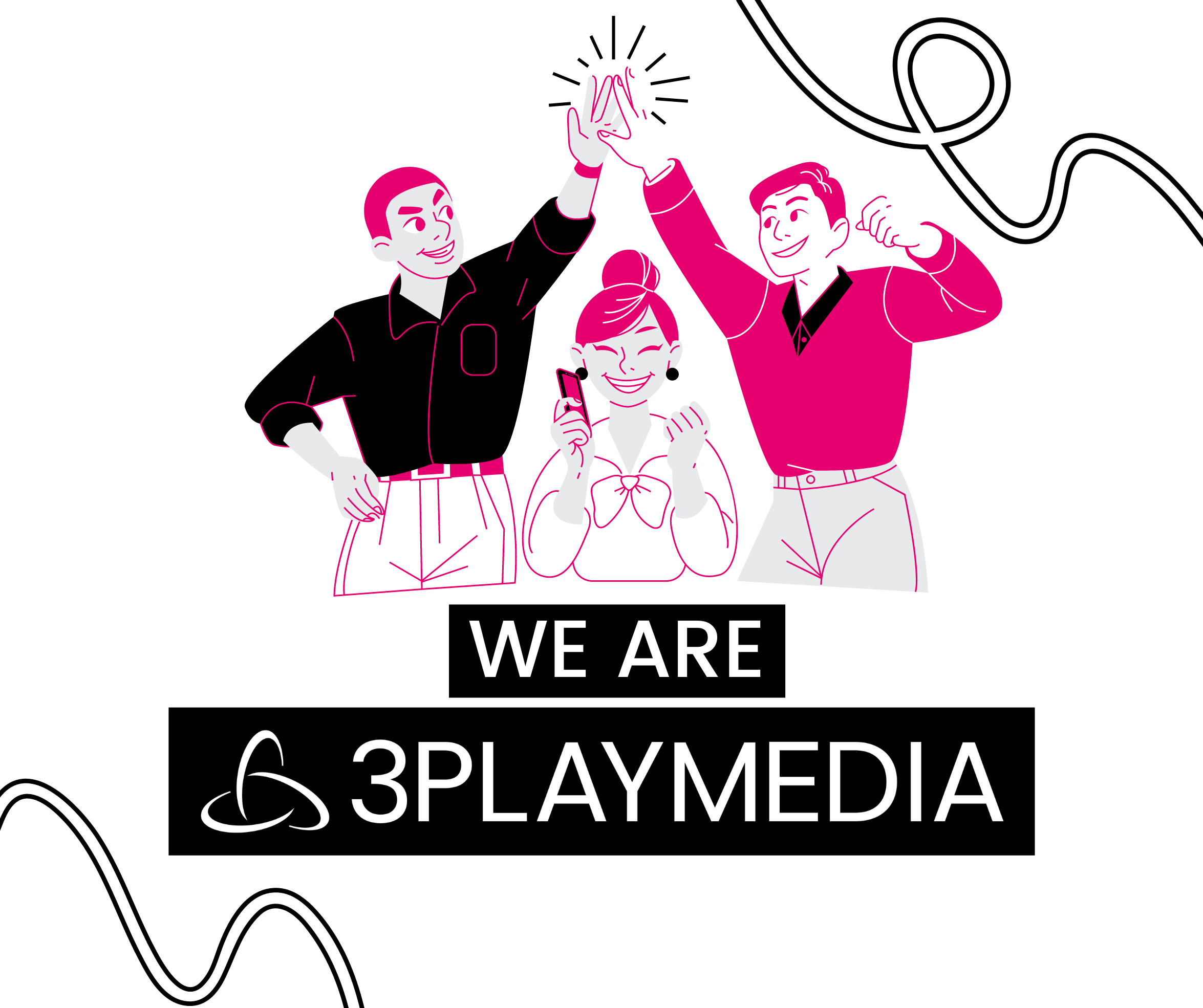The Complete Guide to Caption Encoders
Topics include:
-
Defining caption encoders
-
Determining whether you need an encoder
-
Different types of encoders
-
Encoder alternatives
Download the Guide:

What is an encoder?
Usually, captions are output as a separate “sidecar” file and added to a video player, which renders the captions in sync with the video. However, in certain cases, it is necessary to embed the captions in the video itself. When it comes to live captioning, the very first step is determining if you will need an encoder. Encoders let a broadcaster simultaneously receive and encode the captions, allowing them to be displayed alongside a television program or video in real time.
Encoders have been around for decades, but the first big steps in modern encoder technology occurred in 1993, when the FCC mandated that TVs include a decoder to receive caption signals, thus allowing a viewer to turn captions on or off on their television (tip: “closed captions” means a viewer is able to toggle on/off the captions, whereas “open captions” are always on).
A Full Service Media Accessibility Solution
3Play Media is an integrated media accessibility platform with patented solutions for closed captioning, transcription, live captioning, audio description, and localization. 3Play is a thought leader in video accessibility, and is committed to providing free, educational resources like this one.




